Amazon Creative Strategies [2021 Guide]
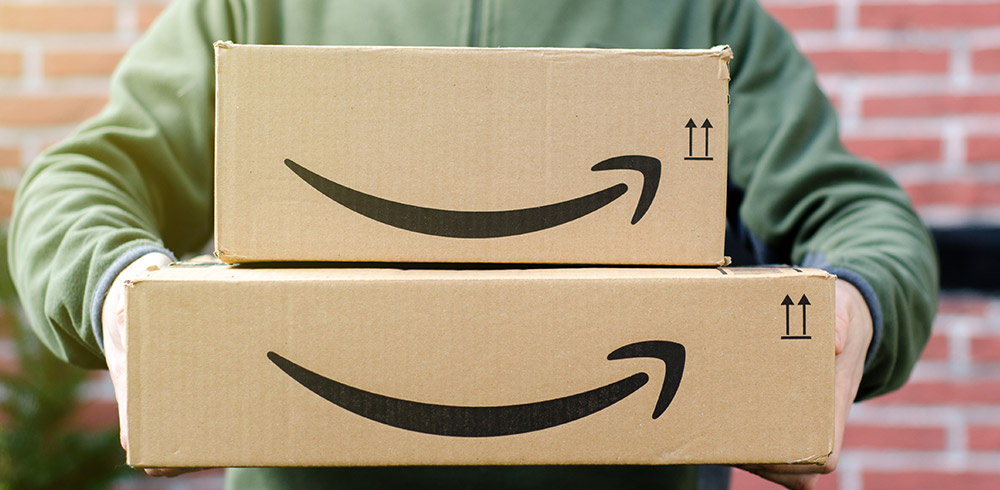

While new shopping channels will undoubtedly emerge in 2021, Amazon continues to reign supreme when it comes to online marketplaces. In Q3 2020, Amazon generated its highest net revenue yet at over 96 billion U.S. dollars.
And while you might think that selling on Amazon means losing control over your branding, the opposite is true. Now, more than ever, Amazon is making a concentrated effort to empower brands with the creative tools and features they need to tell their brand story, including:
As an agency managing hundreds of brands on Amazon, Tinuiti believes in the power of high-quality creative content. And your brand identity can come through on Amazon just as strongly as anywhere else on the web.
We’ve seen these creative features from Amazon improve the aesthetics of brands on the marketplace, drive traffic to a brand’s product catalog, and increase detail page conversion rates.
“Amazon continues to emphasize and release opportunities for brands to tell their story and build brand equity across their platform with content.”
– Zak Semitka, Specialist, Marketplaces at Tinuiti
We believe that investing in creative content is key to your brand’s success on Amazon. In this guide, we’ll cover everything you need to know about Amazon’s creative services, including data, examples, and expert insights.
Amazon Stores is a free self-service product that lets brands design and create multi-page stores to showcase their brand, products, and unique value proposition on Amazon.
For shoppers, Amazon Stores offer a curated collection of a brand’s products in a customized, brand-centric shopping experience on both desktop and mobile platforms. Take this Amazon Store built out for a luxury beauty brand, R+Co, for example:
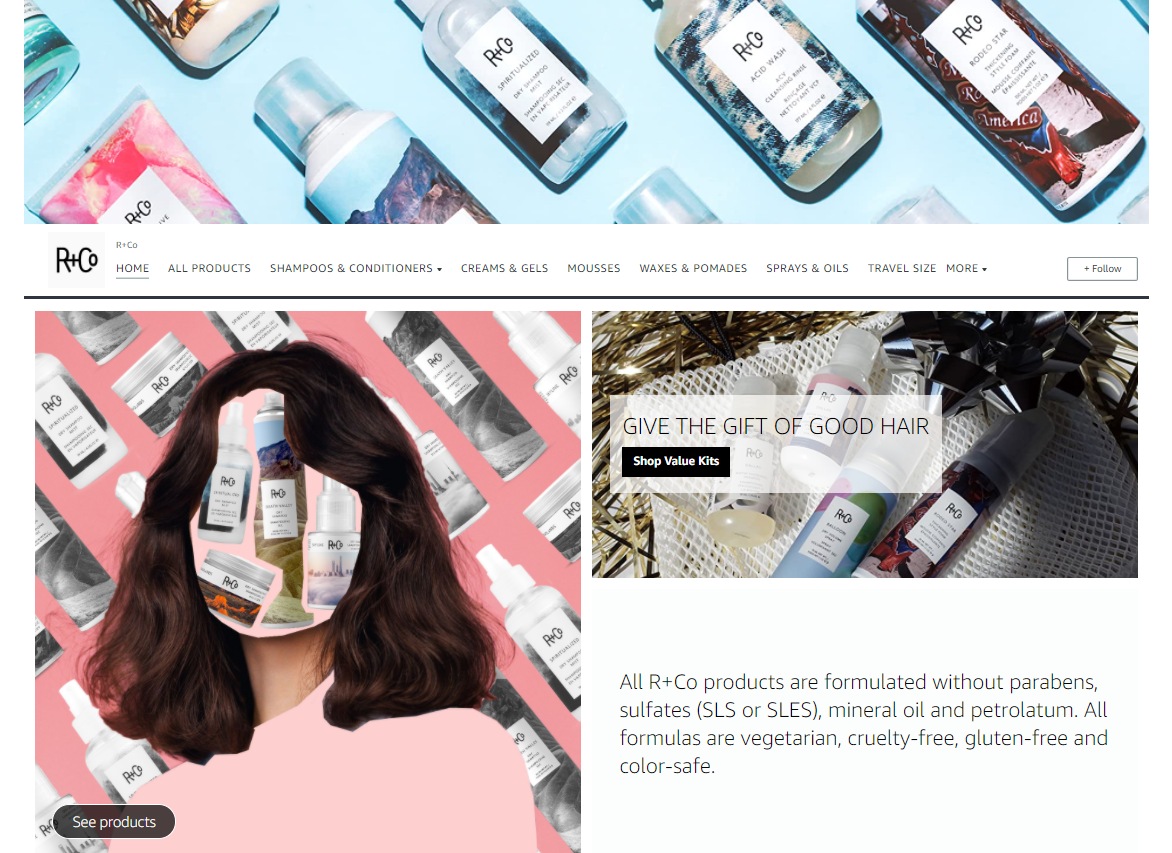
Source: R+Co Store on Amazon
Amazon offers several templates to set up your Amazon Store:
For more examples of Amazon Stores, check out this post.
With Amazon Stores, brands can:
Perhaps most importantly, Amazon Stores allow brands to no longer worry about losing their brand identity in a competitive online marketplace.
“The main benefit of Amazon Stores is to provide customized content to potential customers and introduce prospective customers to your brand. Each page gives you the opportunity to brand it ‘your way’ with lots of supportive content and freedom. It’s basically like designing your own website on Amazon.”
– AJ Swamy, Digital Solutions Strategist at Tinuiti
In 2020, Amazon released several new features to help brands showcase their products with richer, more engaging content experiences.
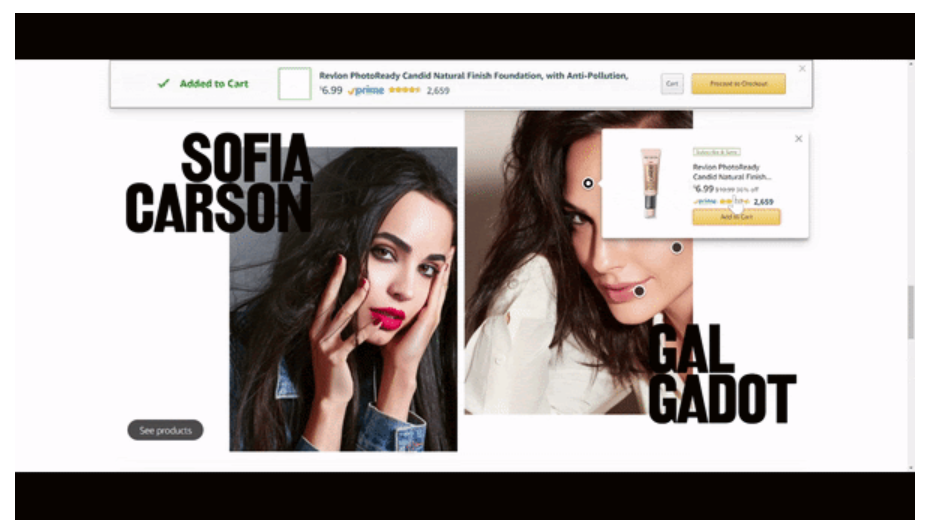
Source: Revlon Store on Amazon
“Shoppable collection Images are your opportunity to highlight great photography but also keep your Store creative shoppable and drive sales on a number of products.”
– Hiram Cruz, Creative Director at Tinuiti

Source: Amazon
You can now publish updates to your Amazon Store at scheduled dates and times, allowing you to plan ahead and align your Store’s publishing schedule with new product releases, seasonal changes, and brand updates.
For example, if you have an upcoming event such as Black Friday, you may want to edit your store to feature certain deals. You can create that version for the holiday, schedule a time frame for the temporary update, then automatically revert to your previous version.
“The ability to control store versions and schedule updates has changed our approach and freed us up to be more creative with temporary and fresh changes without creating a lot of issues when we need to revert back.”
– Hiram Cruz, Creative Director at Tinuiti
Amazon Stores gives brands access to daily and aggregate views of their store’s performance through Amazon Store Insights.
Amazon Stores Insights provides the following data:
“Amazon has evolved from a conversion channel to a brand platform. In order to compete in the ecosystem in today’s age, it’s crucial to develop a brand experience across your product detail pages and your Amazon Store that not only introduces your brand but also effectively communicates why a customer should purchase your products.”
– AJ Swamy, Digital Solutions Strategist at Tinuiti
Globally available to sellers and vendors who are Amazon registered brand owners, Amazon A+ content integrates detailed product descriptions, rich images, charts, and narrative copy to:
Amazon offers two tiers of A+ content: Basic A+ content and Premium A+ content. Basic A+ content includes 13 standard modules, with up to five modules allowed per product page. (We’ll get into Premium A+ content in more detail later on.)
In 2019, Amazon merged A+ content with Enhanced Brand Content (EBC), an offering that allowed Brand Registered Sellers to showcase the unique value proposition of their products through a unique brand story, plus enhanced images and text placements.
Now, A+ content contains the modules previously exclusive to EBC and can be accessed through Vendor and Seller Central. Premium A+ Content, however, is only available through Vendor Central.
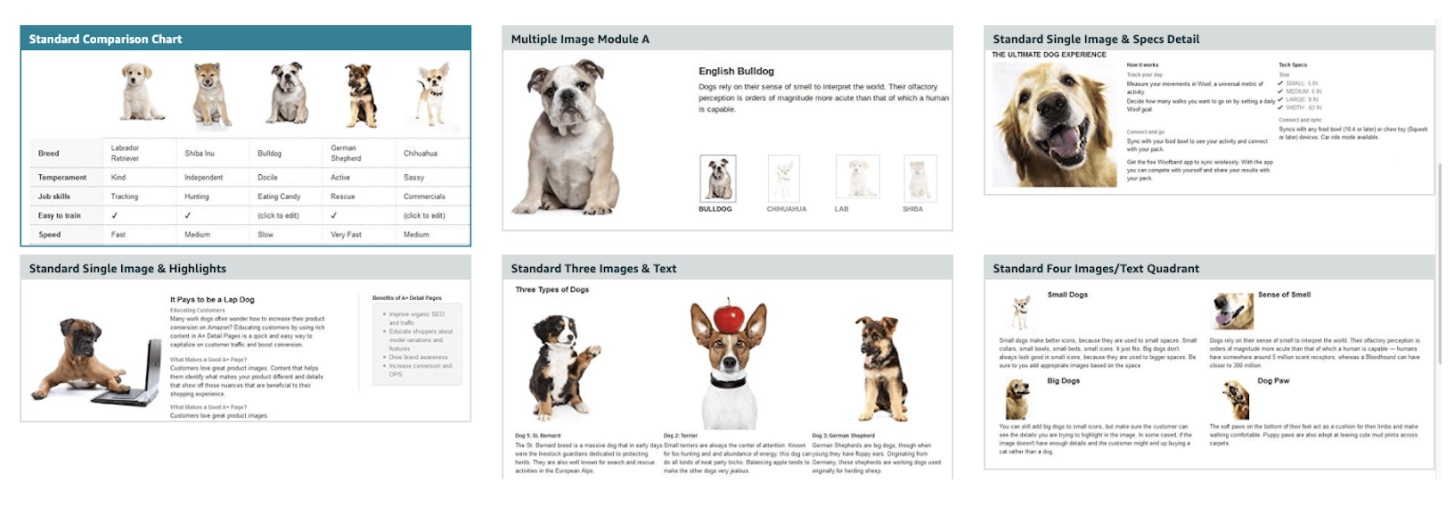
EBC modules, like the one below for WHOOSH, give brands the additional space within their detail pages to answer common customer questions and provide relevant details about their product. In turn, this can lead to an increase in conversion rates and a better shopping experience for their customers.
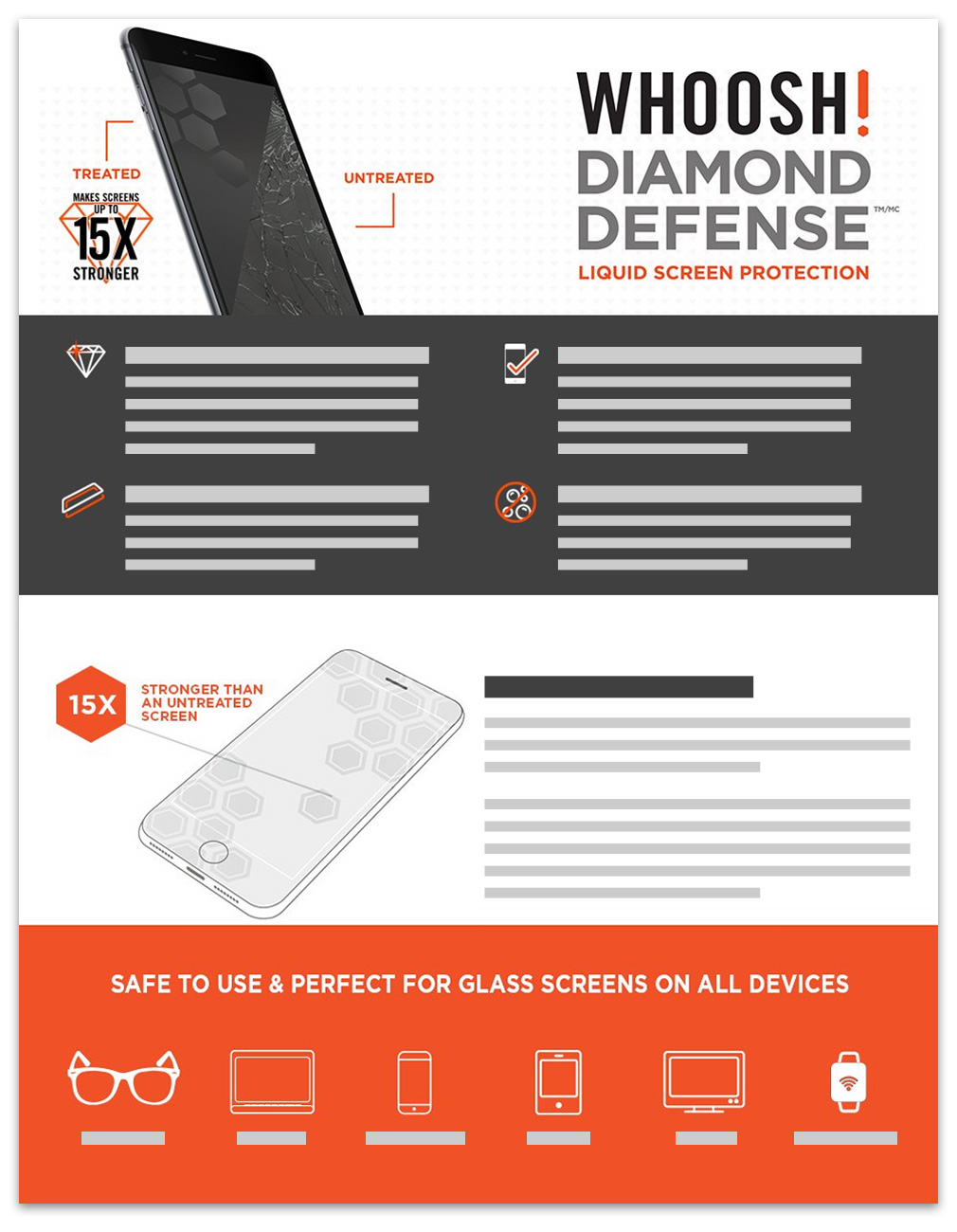
Tinuiti worked with WHOOSH to modify the product description fields and build out custom creative, including their brand story, enhanced images, and text placements. Just 30 days after we implemented this EBC, WHOOSH saw a 427% increase in detail page conversion rate.
A+ content gives brands like Dream Water additional space within their detail pages to answer common customer questions and provide relevant details about their products.
In 2017, Dream Water teamed up with CPC Strategy (now Tinuiti) to modify the product description fields and build out custom creative including their brand story, enhanced images, and text placements.
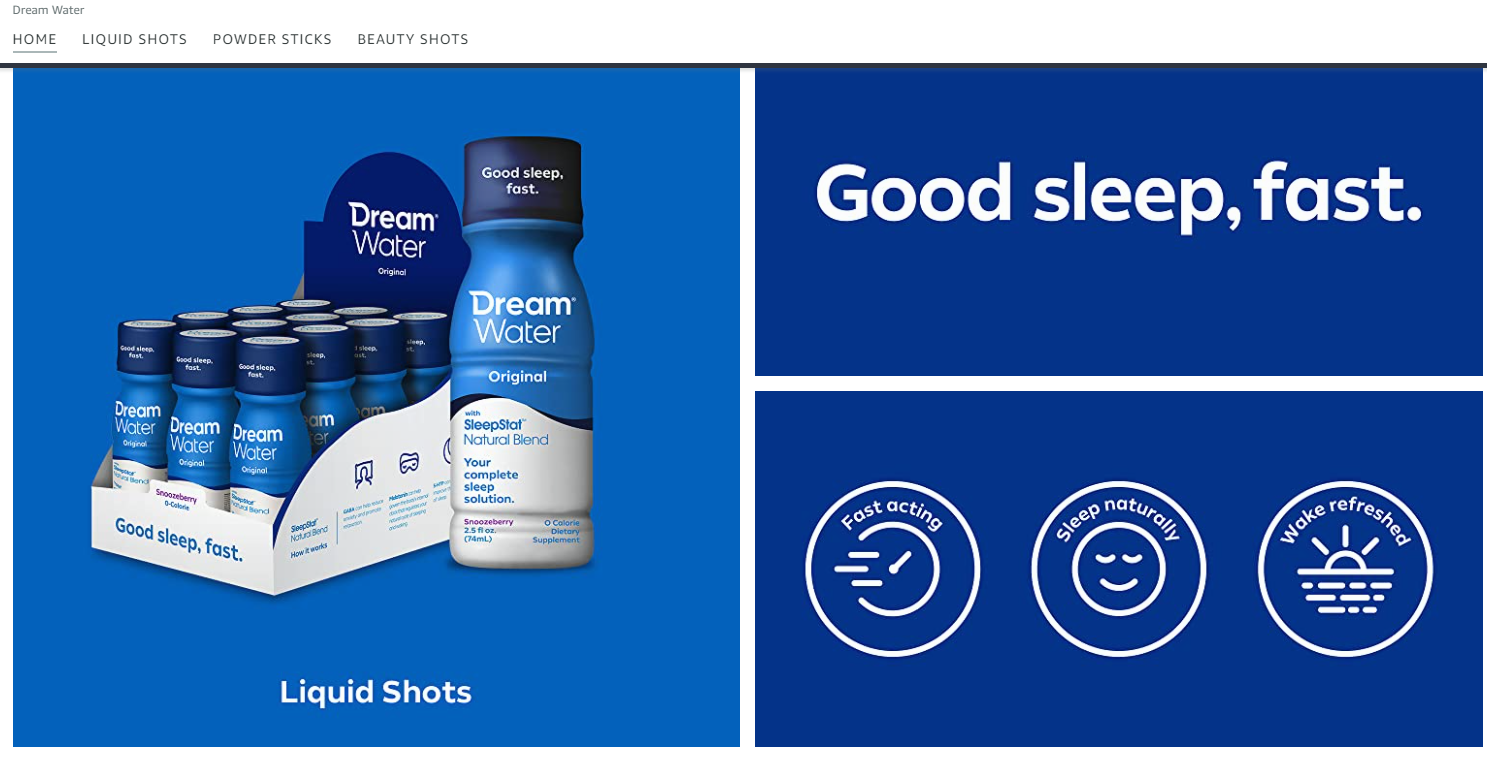
The results?
“Overall, Amazon releasing A+ content has been conducive for a better buying experience. If a customer can land on a listing and be able to see a coherent story for the brand as well as the products designed in an aesthetically pleasing way – it not only improves the conversion rate but it also improves the customer’s experience, and that’s a huge benefit.”
– Gary Jiang, Digital Marketing Manager at Dream Water
Also called A++ Content, Amazon launched Premium A+ content in 2017, giving brands invite-only access to even more visually rich multimedia content on their product details pages.
Premium A+ content includes features like:
Prices for Premium A+ content vary by vendor (at Amazon’s discretion).
In 2019, Amazon announced its new “Manage Your Experiments” (MYE) feature. This tool allows sellers to A/B test their A+ content to make data-driven decisions that can increase sales.
According to Amazon, “Experiments can help you statistically find the best A+ content for your listings, improve future content, and help drive more sales.”
There are three steps to A/B testing your A+ content:
MYE allows you to A/B test variations of nearly every element of your A+ content.
Here are some A+ content test ideas from Amazon Brand Services:
For a step-by-step guide to using the MYE feature, check out this article.
“The Manage Your Experiments Beta allows Vendors and Sellers to work towards optimizing their A+ content design. You can be very intentional with elements of the design you would like to test and apply learnings to content you create in order to develop a foundation for your optimal product detail page experience. This feature is an absolute game-changer, and everyone in the industry is extremely excited to start experimenting.”
– AJ Swamy, Digital Solutions Strategist at Tinuiti
Amazon has to approve your A+ content application before your new product details pages go live. Here are some recommendations to make the most of your A+ content from Tinuiti’s Creative Director, Hiram Cruz.
Sizing and resolution: All of your images need to be the right size and resolution. These requirements will be different depending on the module you select. You must follow these requirements; otherwise, Amazon will reject your A+ content application.
Avoid content errors: Some symbols and special characters are forbidden, including the registered brand & registered trademark symbol. You also can’t include hyperlinks to other websites.
Proofread before submission: Amazon tells you it can take up to 7 days for approval, but they usually approve or deny your application much faster than that. Make sure you proofread all content and images before submitting. If an A+ page gets approved and you later discover a grammatical error, you will have to resubmit.
Listen to reviews: Take a closer look at what your customers are saying in your product reviews. If they keep asking the same questions over and over again, you might want to address those concerns using the space provided in your Amazon Creative.
Use banners: Banners are a great way to break up your product detail page. It signals a new section to the shopper, grabs their attention with images, and provides more information about your product and brand.
Leverage charts: You can use a comparison chart to display similar products and highlight each one’s different features. This gives your customer a chance to discover other similar items without having to navigate away from the detail page.
Less text, more visuals: A+ content should generally be more visual, and your text should communicate your message directly and concisely. Maintain a healthy balance of lifestyle and product images.
Uniform design: When you design your A+ content, you should have your entire catalog in mind. Your A+ content should be consistent across the board, so it can act as an extension of your brand and your website.
For even more information on A+ Content — including a step-by-step guide to creating A+ Content for your products — take a look at this guide.
Whether you plan to leverage one of Amazon’s creative features in 2021 or all of the above, working with an Amazon-focused agency like Tinuiti can help you reach your Amazon goals with marketplace-first strategy and creative.
Working with an agency vs. DIY is different in many ways. The value and benefits that come with working with an agency is in the level of expertise. Working with an agency, you have access to a dedicated project manager as well as an in-house design team to collaborate and share ideas with. It can be difficult to know where to start and how to navigate Amazon’s creative offerings on your own.
Here are three significant benefits of working with an Amazon-focused agency like Tinuiti:
Ready to dive in? Learn more about the industry’s most comprehensive Amazon program.
